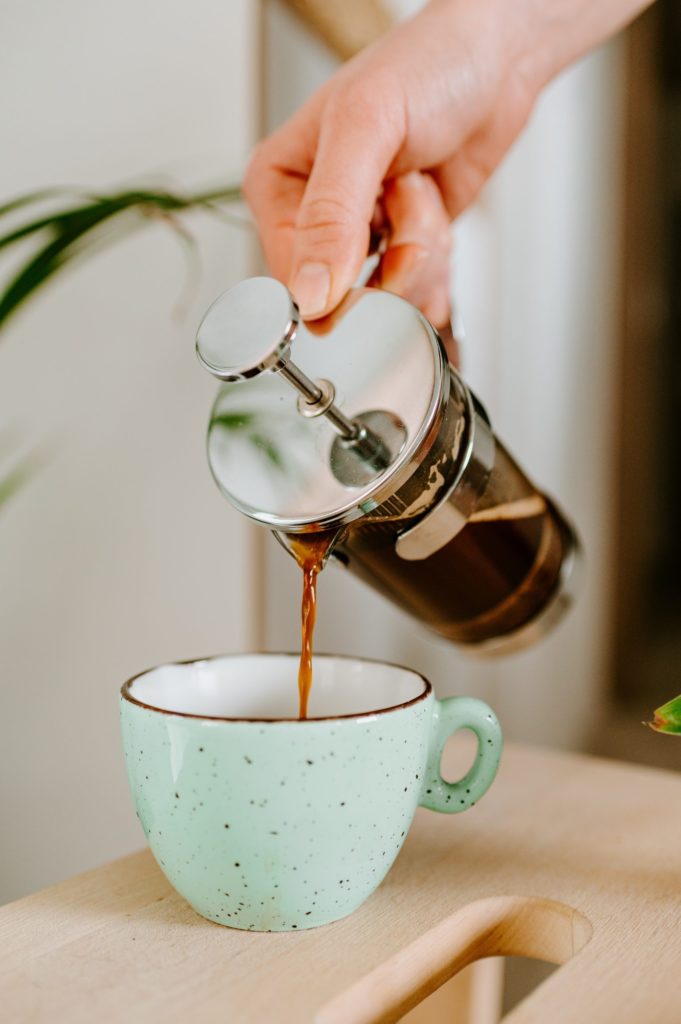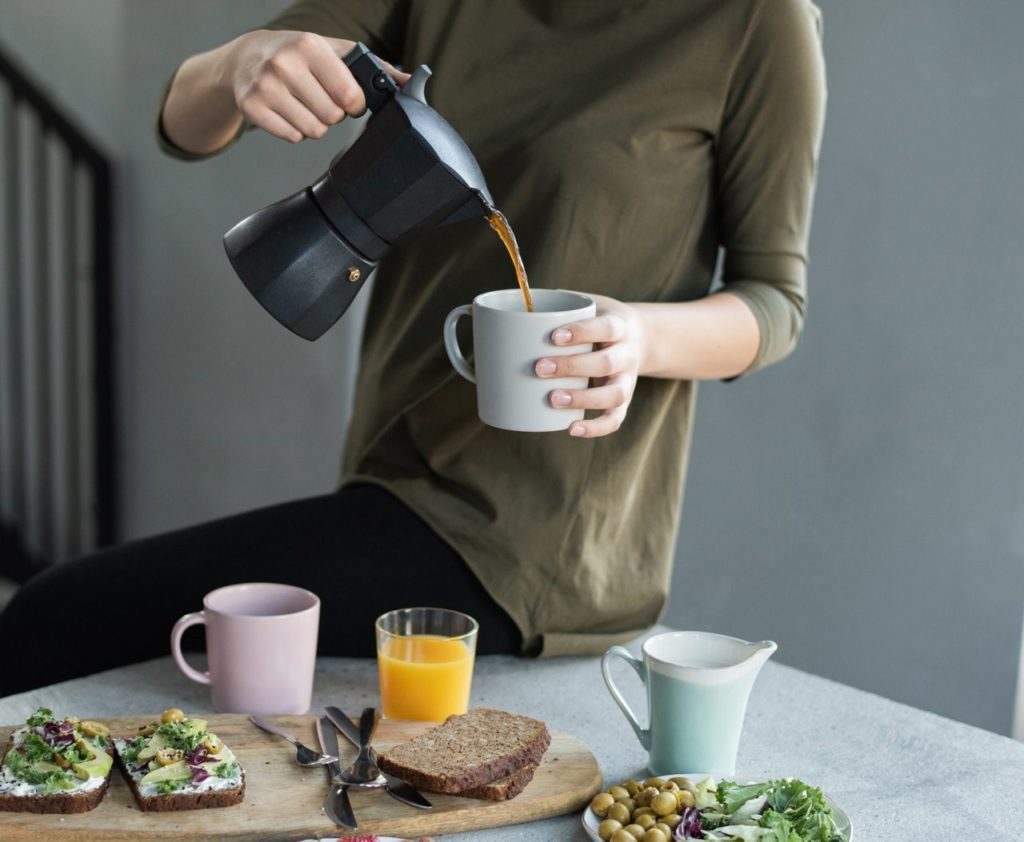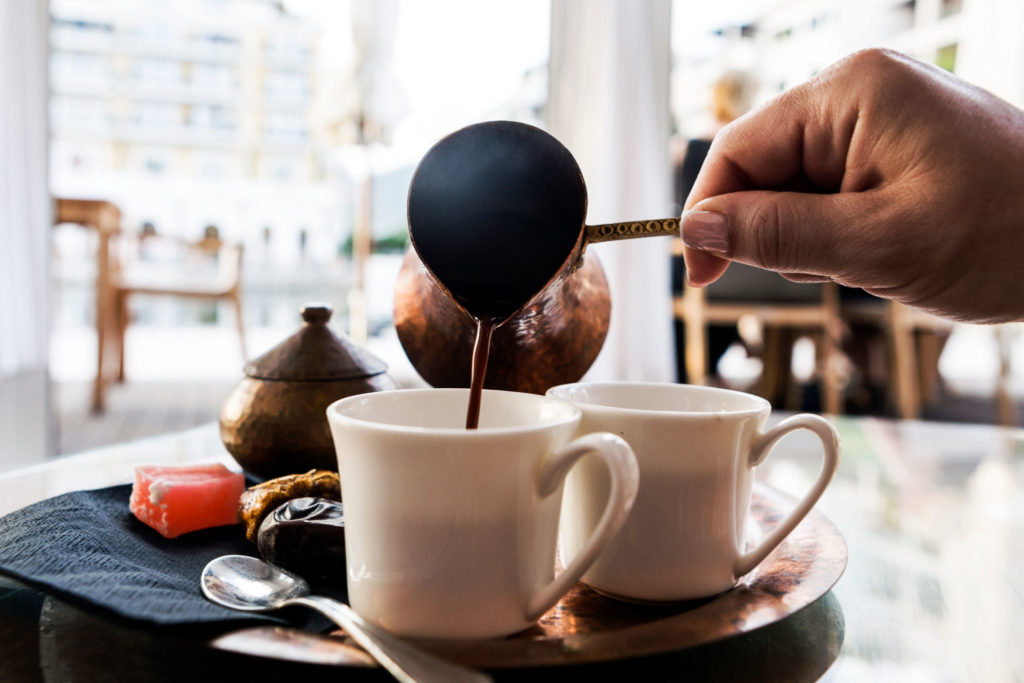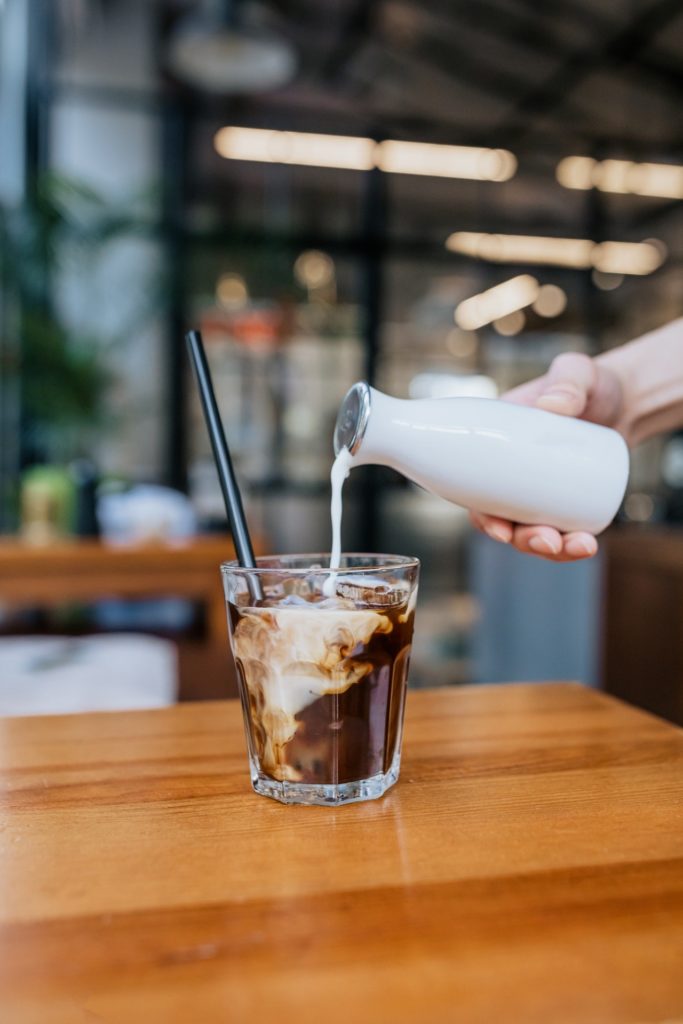As a coffee fanatic, it is understandable that your outdoor indulgences in the flesh might have taken a hit in the post-pandemic era. While you can always swing by a specialty café to experience a simmering cup of latte or mocha, safety should always be your top priority, especially when social distancing norms are relevant more than ever.
Regardless of the restrictions, there is no reason to stall your caffeine or decaffeinated proclivities as you can very easily brew coffee at home, provided you have the requisite gear at your disposal. Contrary to popular opinion, home-brewed coffee can be as good as the one dripping out of a Keurig machine. However, if you want to prepare some world-class coffee without having to step out of the house, coffee grinding, blending, or an all-inclusive preparatory gear is necessary.
Besides, the brew type also depends on your preferences, taste buds, inclination towards a specific profile, and even the type of coffee at your disposal.
15 of the best and more productive ways to brew coffee at home
1. Going ‘French’ with the Brewing

Nothing works better for a coffee lover than a handful of freshly roasted beans and the elusive ‘French Press.’ Probably the best resort for serious drinkers, a French Press is great at processing a coarse grind, provided you are well-versed with the usage. Then again, the concept of pours, plunger, French Press filtering, and placement of ground beans can be a bit overwhelming for the novices.
Regardless of the additional brewing time, French Press brews are best known for their bolder profiles and heavier bodies. Besides, French Press brewing is a handy process for the occasional campers and globetrotters who take their morning coffee indulgences seriously enough.
Related: Here is a list of the best coffee grinders for French Press.
2. Pour Overs

If you want complete control over the process, you simply cannot ignore the Pour over coffee machines and the associated techniques. Pour-over brewing supports customization and makes way for light bodies, smoother coffee textures, and cleaner profiles. Therefore, if you are a coffee connoisseur, the Pour-Over method is expected to pay rich dividends.
Besides, the process is exceedingly simple and comprises funnelling via conical filters, multiple orifices, and with ground coffee as the base. Simplifying further, the Pour-Over process is all about slowing the brew and allowing the flavours to seethe in with surgical precision.
3. Kahve Brewing for Turkish Undertones

In case specialty coffee brew is your thing, it makes sense to try out the elusive, home-made Turkish brew. Kahve brewing is an exceedingly innovative process that only uses finer grinds. Besides, the ground coffee s undergoes dual boiling and best served with a hint of cardamom and cinnamon.
Most importantly, the taste profiles vary within the cup as the smoother texture leads onto the bottom-aligned sediments. Overall, the Kahve home brewing process is a great way to experience a gritty profile, in case you want to explore something out-of-the-ordinary.
4. The Use of Percolators
To start with, percolating a coffee brew is a strenuous yet rewarding process where the grinds are processed simultaneously with boiling water. The differentiating factor here is that the heat generation isn’t stalled, eventually leading to a tar-like consistency. However, unlike a blend, the texture isn’t thick and can be served as a standalone entity. Moreover, as it is a reduction process, the taste profile is one of the bitterest that you could ever encounter.
While the percolated coffee takes some time to adjust to your taste buds, it isn’t a widely accepted brewing method and is only suitable for individuals who prefer strong and overpowering doses of caffeine.
5. The ‘Cold Brew’

Preparing a cold brew at home seems easy. However, it fits the taste profile only when the processes are initiated carefully. Simplifying the process further, cold brewing is all about preparing the coffee grinds along with cold water for at least 12 hours. The brewing process can be further up to 24 hours, provided you prefer a light profile.
Cold brewing results in a creamy cup of silky smooth coffee with zero acidic profile. However, to complete the process in its entirety, you must be able to filter out the residues using the finest possible sifters. Moreover, if you seek specialized flavors, you can always play around with the choice of filters. We have chosen Lifeboost coffee brand as the best coffee for cold brew.
6. Decanting with Chemex
Provided you want to moderate the brew as per traditional techniques, nothing works better than the Chemex. While the shape of the decanter makes it one of the most sought-after resources for home brewing, it is the specialty filter compatibility that adds a lot of heft to the process. The best thing about Chemex brewing is its ability to remove coffee oils while keeping the flavors intact.
Moreover, the devil lies in the details, as Chemex usage needs to be highly specific for the process to yield the desired results. Besides, you would always require progressive coffee overload, incremental increase in flow, and seamless percolation for the Chemex brewing process to pay rich dividends.
7. Consider the Vacuum Pot
Using the vacuum pot for home brewing is a trend that is steadily garnering attention. However, you do require a professional setup to explore the process in its entirety. Vacuum pot brewing makes way for an incredible taste profile and thrives on increased caffeine content. Best attributed to siphon-brewing, a vacuum pot is all about preparing a clean, light, but consistent cup of coffee.
Then again, you would need to put in a lot of effort and play around with the taste profiles to ensure that the flavours mellow in with seamless ease.
8. Going Greek with Home Brewing
While some might argue that the flavours and profile accents of the Greek Coffee are comparable to the Kahve concoctions, there are a few subtle distinctions to account for. For starters, Greek coffee, unlike Turkish brews, can use different grinds, including the finer and the medium ground variants. Moreover, Greek coffee is also good to consider as a blend with a focus on a cream-like consistency.
If and when the process is concerned, you would require smaller pots for brewing and must add the grind directly with hot water. However, you would still get flavor-rich sediment, further adding to the coffee profile.
9. Chicory-Dominant Vietnamese Brew
Going Vietnamese with the home-brewing escapades is a good way to produce a consistent cup of coffee. For starters, you would require metal filters that are in sync with the shape of the concerned cups. Once you have the requisite equipment at your disposal, you should keep brewing the grind by consistently pouring hot water at regular intervals.
However, the inclusion of Chicory in coffee is what enhances the taste profiles further. The woody herb works best when paired with condensed milk to achieve perfect sweetness and milk-based consistency.
10. Following the ‘Eastern Sock’ Method
Best attributed to the Asian locales, the eastern sock coffee brewing method relies on using an excellent yet porous filter for covering up the pot’s rim. Better termed as the Sock, the filter comes in handy if you want to keep the ground coffee away from the water. Theoretically, brewing the coffee using the eastern sock method is akin to tea preparation.
In addition to that, this is one of the fastest brewing techniques to consider, and indulging for at least three minutes gives out a rich brew to feast upon. Moreover, if you consider using fresh roasts, the oil-clad sock can be reused for subsequent brews.
11. Iced Coffee
Often termed as an extension to the cold brew, iced coffee dilutes the creamy consistency of the former and pairs well with flavorings and cream of choice. In addition to the flavorful cold brew, iced coffee can also be prepared using a hot brew, which needs to be cooled instantly to achieve an effervescent profile.
However, if you want to mix cold and hot brews together to concoct the perfect cup of iced coffee, consider getting the shock-resistant glass to avoid cracks and shatters. Not just that, if you do not have freshly ground beans at your disposal, iced coffee can also be prepared using instant coffee powder.
12. The Elusive Moka Pot
Better termed as the ‘Stovetop’ espresso machine, a Moka Pot, if available, can help brew the most perfect and flavour-rich espressos. The initial concept involves passing pressurized steam and boiling water through the ground coffee, based on consistency. For Moka Pot home brewing to work perfectly, you need to keep the chamber partially filled and remove the pot immediately once the brewing process is over.
Therefore, if you have guests coming and want to serve espresso-style beverages, consider using the Moka Pot to achieve the best possible results.
13. Persisting with the Aeropress
While a first-time home brewer might confuse an Aeropress with the French Press, the former makes way for mellowed taste and flavor profiles. Besides being easy to prepare, coffee brewed using an Aerospace takes less time than a typical French Press.
The best thing about an Aeropress is the consistent brewing functionality. Despite the coffee being stepped for a mere 15 seconds, the results are exemplary. Moreover, this device is easy to use and produces brews that are minimally acidic but flaunt strong consistency levels.
14. The Concept of Auto Drip
Naïve to American cuisine, auto-drip is a tried and tested brewing method that can even be practised at home. For the process to work perfectly, you would want a high-quality drip filter, receptive enough to tolerate hot water drips. The filter quality and even the water temperature play an important role in determining the speed and efficacy of the process.
While non-regulated auto-drip machines were being used until now, serious coffee lovers are increasingly considering the inclusion of temperature-controlled machines to prepare the perfect brew.
15. Concentrate Brewing
While this trend is still taking some time to pick pace, it is expected to be more popular in the South and Central American locales. Based on the name, this home brewing technique relies more on brewing a coarsely ground coffee concentrate with iterative usage of water. Therefore, if you are into heavy-bodied variants and sold on impactful flavours, this is the perfect home brewing technique to consider.
Besides, this concentrate can also be stored and served at the discretion of the coffee drinker, based on the acidity, smoothness, and mouthfeel preferences.
Bottom-Line
In addition to the mentioned strategies, you can also consider brewing Americanos, homemade espressos, and ceramic-cone coffees as a part of the home-bound experiments. Regardless of the brewing technique or the gear in the picture, you are advised to use fine or medium ground, freshly roasted coffee beans for more aromatic experiences.
Besides, even if the movement restrictions are lifted, these home brewing techniques ensure that you will always have the adequate setup and expertise to fall back up, provided you want to enjoy a simmering hot cup of coffee even during the odd hours.

